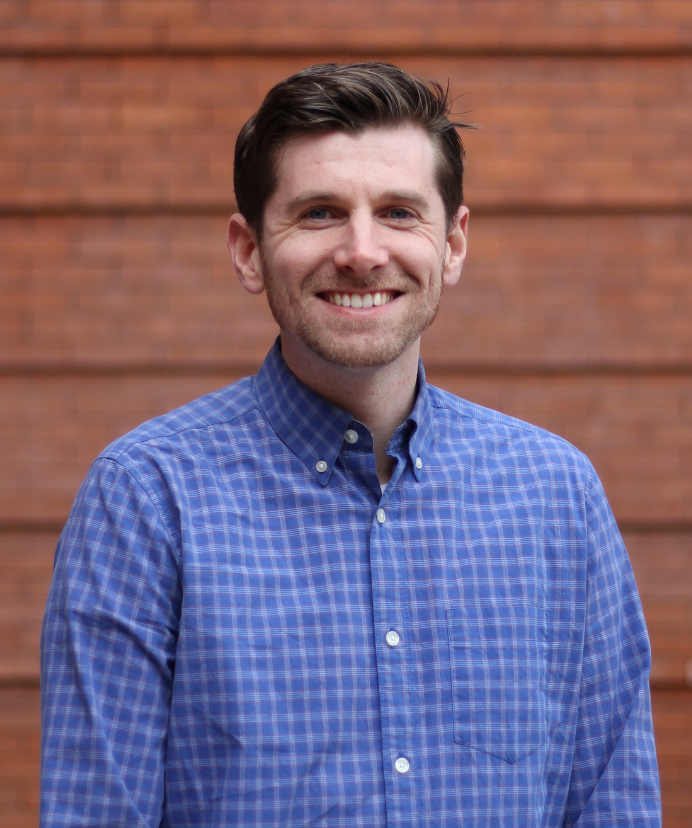Dentists in Schools: Filling Needs, Sealing Deals
One in five children go without dental treatment due to high treatment costs and limited access to care. In-school dental programs may be a promising solution to reducing these barriers.

Read Time: 3 minutes
Published:
Dentistry is a booming, multi-billion dollar industry in the United States, and with an expected employment growth of 6% by 2030, it is only getting bigger. Yet, as the number of dentists and availability of resources increase, so too does the number of untreated cavities.
Currently, dental cavities persist as the most common chronic disease among children in the U.S. One-half of American children have cavities, and an estimated one in five go without dental treatment altogether. For low-income children, it is particularly difficult to get to the dentist’s office because they do not have anyone that can make time to bring them due to competing priorities.
Although routine dental care centers on ‘screening and cleaning,’ many visits also involve ‘drilling and filling,’ or other complicated procedures that rack up a high bill. Dental care costs in the U.S. are the highest in the world, and many must prioritize money for essential needs rather than routine pediatric visits. One-quarter of U.S. adults do not have dental insurance because it is too expensive. This prompts many families to avoid the dentist altogether.
Encouraging kids to maintain good oral hygiene and avoid cavities has always been the bottom line. Efforts have been made for decades to get kids to brush, from Bucky Beaver to Sesame Street songs and interactive games. But the current dental care landscape leaves many families unwilling or unable to have their needs met. Kids deserve a better system for prioritizing dental care, and the answer may be found somewhere between math and recess.
A recent study called CariedAway was conducted in 47 New York City primary schools with low-income student bodies. The study involved nearly 3,000 children aged 5 to 13 who were randomized to receive either silver diamine flouride or a standard dental sealant (a liquid applied to the tooth’s surface to prevent cavities). Results showed effectiveness in both treatment arms: silver diamine fluoride was the more effective of the two, preventing 81% of cavities and stopping the progression of cavities in 56% of the cohort during their 2-year follow-up check-ups.
Practical treatments like dental sealants can prevent or stop the progression of cavities in a timely, cost-effective way. This useful treatment also opens the door for educating kids about their dental health and promoting good oral hygiene, and encouraging regular visits for dental cleanings every six months.
Dentists who assist with treatment and prevention on school grounds reduce time and money for dental visits, as well. Students experience fewer barriers to accessing good dental care and miss less time away from school. Instead of traveling to a dental clinic, and adding to the 34 million hours of school missed by kids each year for their dental problems, students can walk to the on-site clinic and return to class right away. Families enrolled in CariedAway also didn’t pay a thing.
The presence of a dental team on school grounds during designated days of the school year also empowers students to navigate and seek out preventive dental care. Students experiencing dental pain can talk to a school nurse or social worker to establish a visit on a day when a clinic comes to school.
In-school dental programs have the capacity to dramatically reduce barriers to care, encourage education, and promote hygiene to keep teeth healthy and cavity-free as students grow into adults. How school systems will pay for this care in the long run will be up to their communities, public health departments, and school budgets.
Photo via Getty Images



